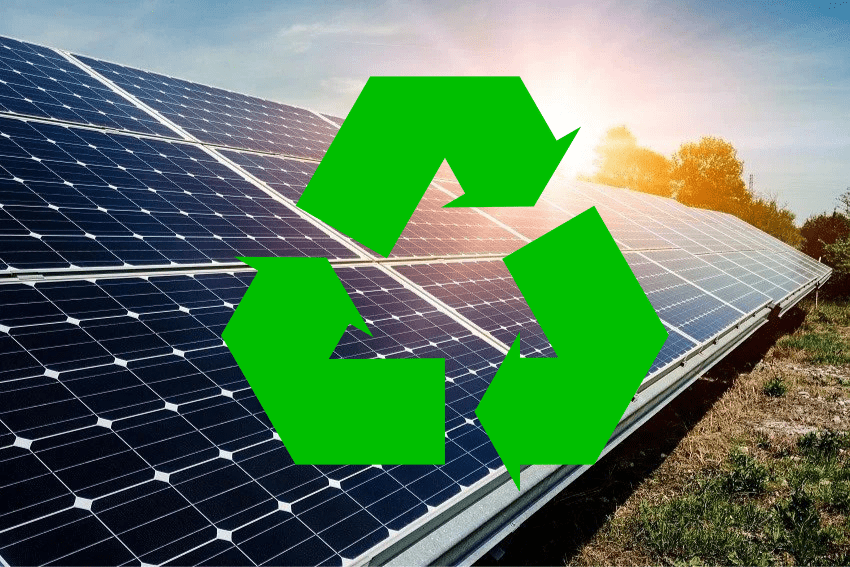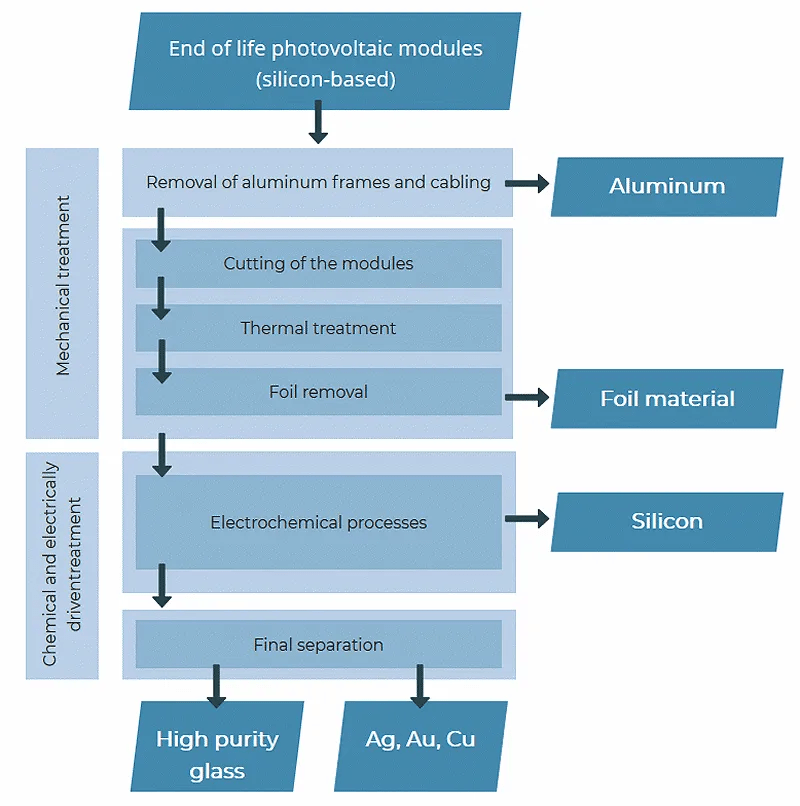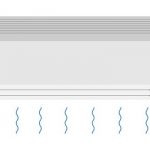Turn the ticking solar waste crisis into opportunities
Solar energy is transforming the way we consume electricity and is being installed rapidly in Australian households and businesses. However, as the panels and other components reach their end of life, they will pose a major challenge to the country.
Solar waste is either set to fill up our landfills or, if possible, be recycled. Waste from ‘green’ solar systems are a ticking timebomb and could pose a major challenge unless strategies and technologies are developed to recycle them effectively.
Although they represent only 10% of total global e-waste, by 2050 the waste could amount to around 5.5-6 million tonnes. By 2035, solar panel waste would account for more than 100,000 tonnes and would increase to 1500 kilotonnes by 2050.
Created by GreenMatch
Solar panels are recyclable but there’s a catch.
Currently, recycling is a major challenge because separating the individual components is time-consuming and expensive. It is not economically favourable to recycle solar panels as it causes more harm to the environment than benefits. Therefore, incentives and strict government regulations are needed to manage the expanding PV market and recycling before it becomes a massive problem.
Solar panels are typically made of crystalline Silicon and other components. They consist of 90% non-hazardous waste and 10% hazardous waste. There are two types of solar panels- silicon and thin-film based panels.
Silicon-Based Panels
Non-Hazardous waste (90%)
- Silicon
- Glass
- Polymer
- Aluminium
Hazardous waste (10%)
- Tin
- Silver
- Lead
- Cadmium
- Zinc
- Copper
Thin-film panels have 98% non-hazardous waste and 2% hazardous waste. Silicon-based panels are much more common and both panels have different recycling techniques. If hazardous waste like lead enters the groundwater it can cause health and environmental problems.
How the solar panels are recycled?
The solar panel recycling plant separates and recycles the components such as – frames, wiring, junction boxes. For example, glass, aluminium, electrical cables can be reused. The remaining parts are either disposed of or burnt.
The European Union has made solar recycling mandatory and recycling is highly regulated industry, leading to high collection, reuse and recycling rates throughout the region.
Recycling of solar panels would account for $15 billion USD by 2050 according to a report by the International Energy Agency and International Renewable Energy Agency. The raw materials used for solar panel manufacturing can be used to produce almost 2 billion new solar panels accounting for 630 GW of energy.
Several companies – Veolia, GVS, Rinovasol and non-profit associations like PV Cycle are working on solar recycling. The technology used to recycle solar panels is still in its nascent stage and will keep on improving. Early action could no doubt avert the solar waste crisis and improve the recycling technology available.
PV cycle has an astonishing 96% recycling rate for silicon-based solar panels.
ELSi plant in Germany uses pyrolysis process to break down the polymers and recovers the individual components successfully.
How Australia can manage its solar PV and battery waste?
Australia has limited options currently to handle PV waste. Only 17% of solar waste can be recycled and reused while a whopping 83% are NOT recyclable. Product Stewardship Act 2011 aims for proper disposal of solar products so the waste can be handled appropriately and not cause damage to the environment or public health. In 2016, solar waste was added to the act. This requires manufacturers to have a framework for recycling solar waste. Sustainability Victoria is currently working on a national plan so that solar waste can be managed better. This plan includes:
- Increase the regulations on the solar industry nationwide for recycling and waste management
- Refurbish and reuse old solar panels
- Ban the waste from entering into the landfills. Victoria had banned solar waste from entering landfills in 2019.
- Set up more facilities in Australia for recycling old solar panels. So far, Reclaim PV is the only organisation working on solar recycling.
- Collaborate with international organisations and companies to develop solar waste recycling technologies.
- Develop strong recycling capabilities nationwide to make the solar industry truly circular.
- Combine strong policies with strong business strategies, education and reuse/refurbish strategy.
Sources














